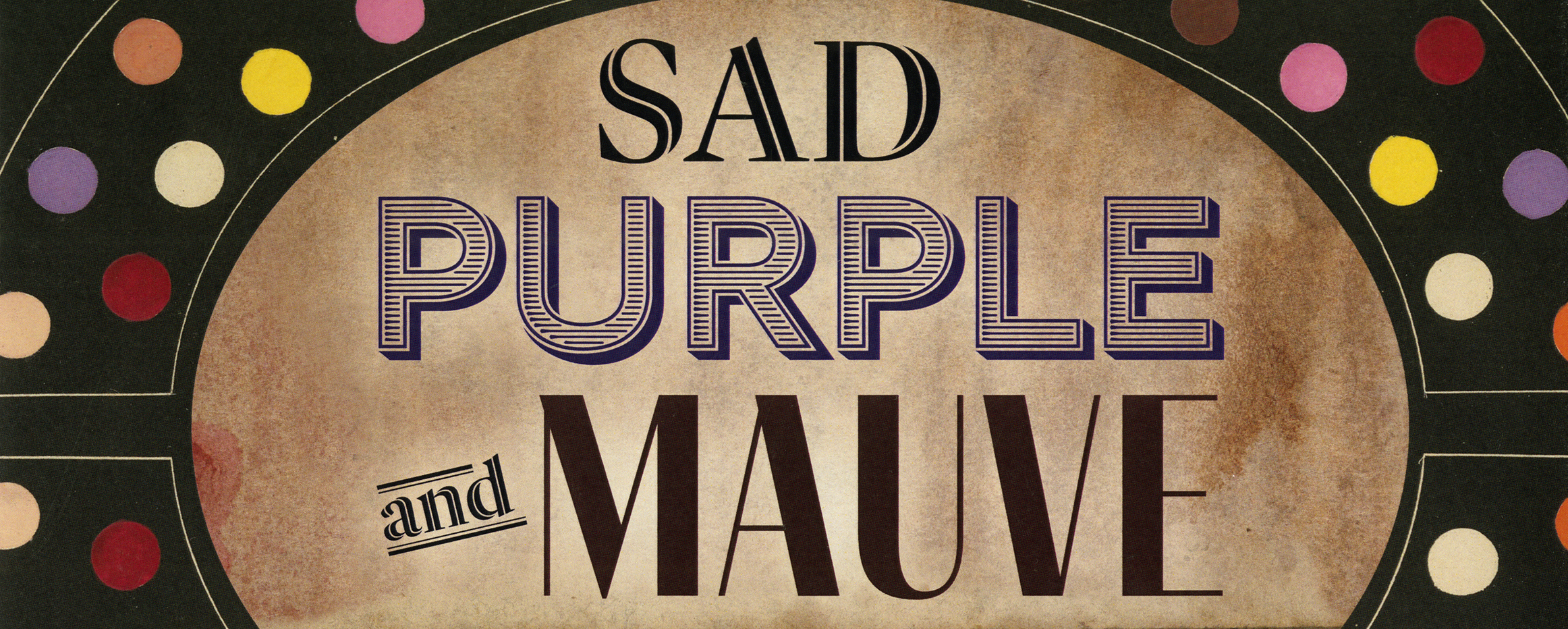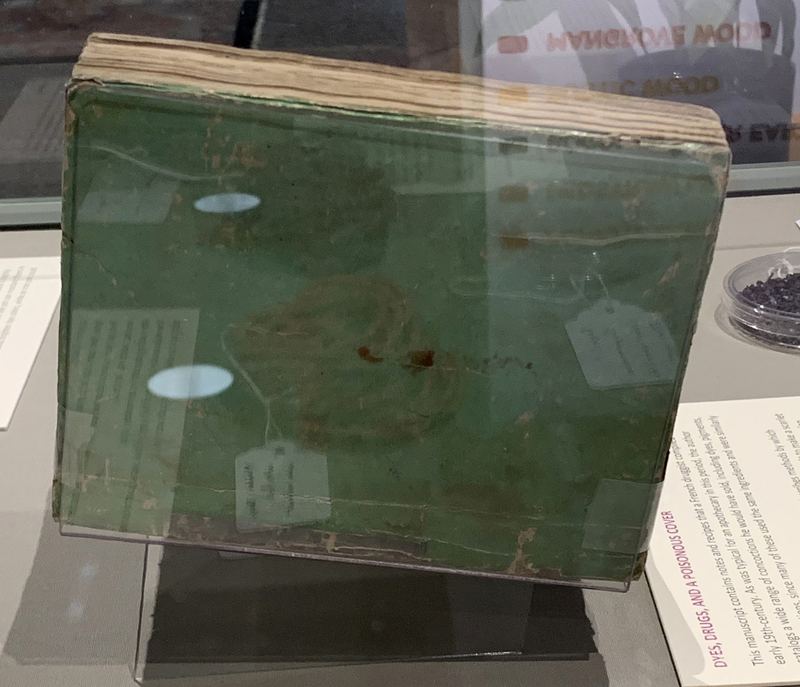Poisonous Cover
DYES, DRUGS, AND A POISONOUS COVER
This manuscript contains notes and recipes that a French druggist compiled in the early 19th-century. As was typical for an apothecary in this period, the author catalogs a wide range of concoctions he would have sold, including dyes, pigments, and medications, since many of these used the same ingredients and were similarly processed.
This section on view about cochineal intricately describes methods by which Indigenous people of Mexico would cultivate and process insects to make a scarlet dye. The author also writes that cochineal works as a stimulant and diuretic (an assertion not supported by current scientific study). He is especially keen on cochineal as an additive to redden liqueurs, including a cordial he calls "Perfect Love." Cochineal is widely used as a colorant for food and beverages today.
The Center for Virtual/Material Studies, in conjunction with the Penn State Libraries and the Institutes for Energy and the Environment, recently conducted an x-ray fluorescence analysis of this apothecary book and discovered that the green paint on the cover contains arsenic—a common material in pigments and textile colorants at the time, and one that is toxic to humans after prolonged exposure or when ingested. When handling this book, researchers must use gloves, a practice that is not necessary when handling most rare books.
— Written by Sarah K. Rich (Art History, Center for Virtual/Material Studies)
Author unknown
Nottes et Extraits sur la Chimie et la Droguerie
France, 1824
Purchased with funds from the J. Harvey Fahnestock Endowment for Scientific, Engineering and Rare Books, 2023


